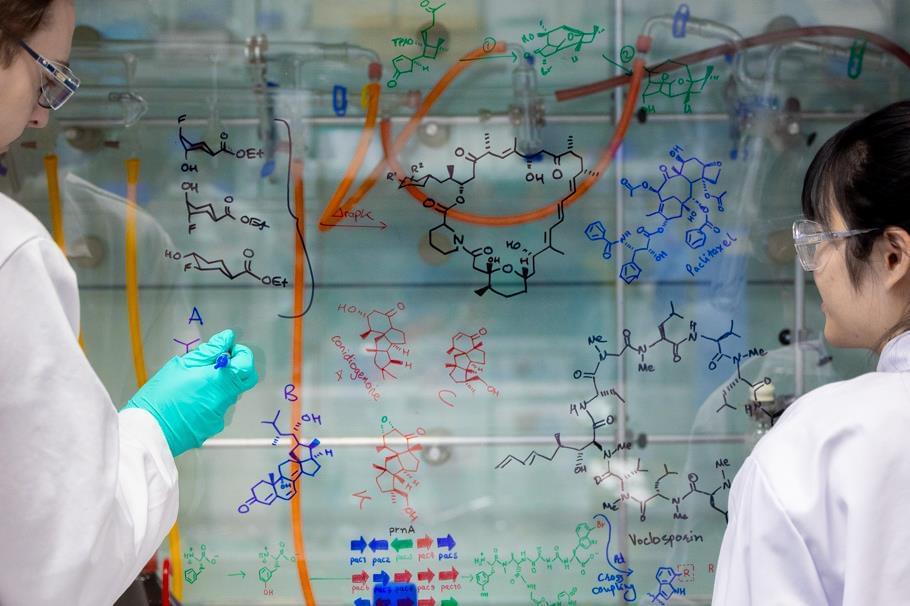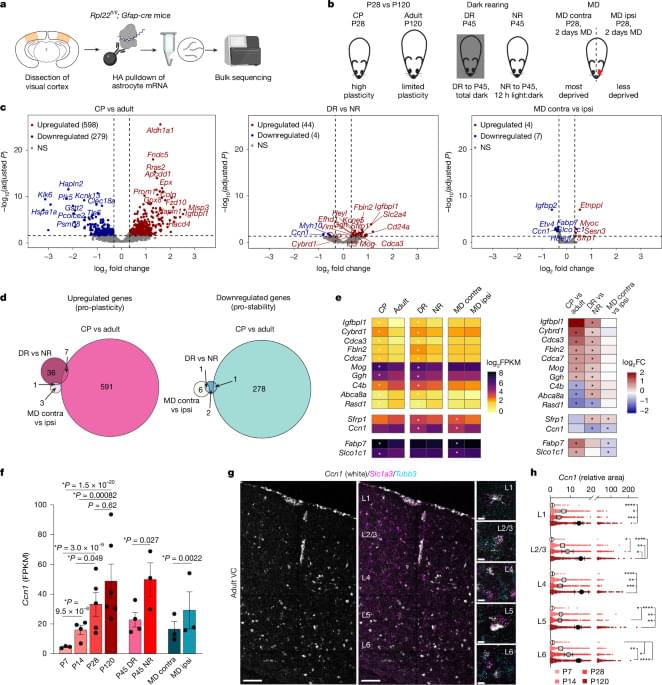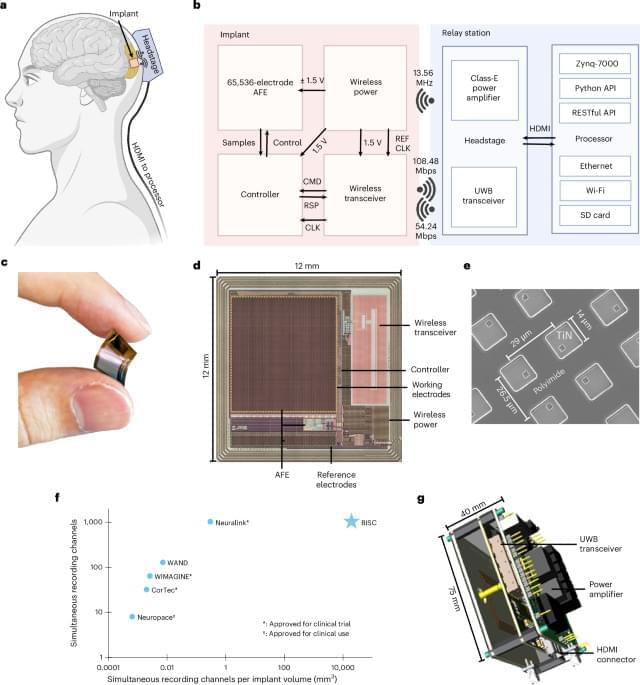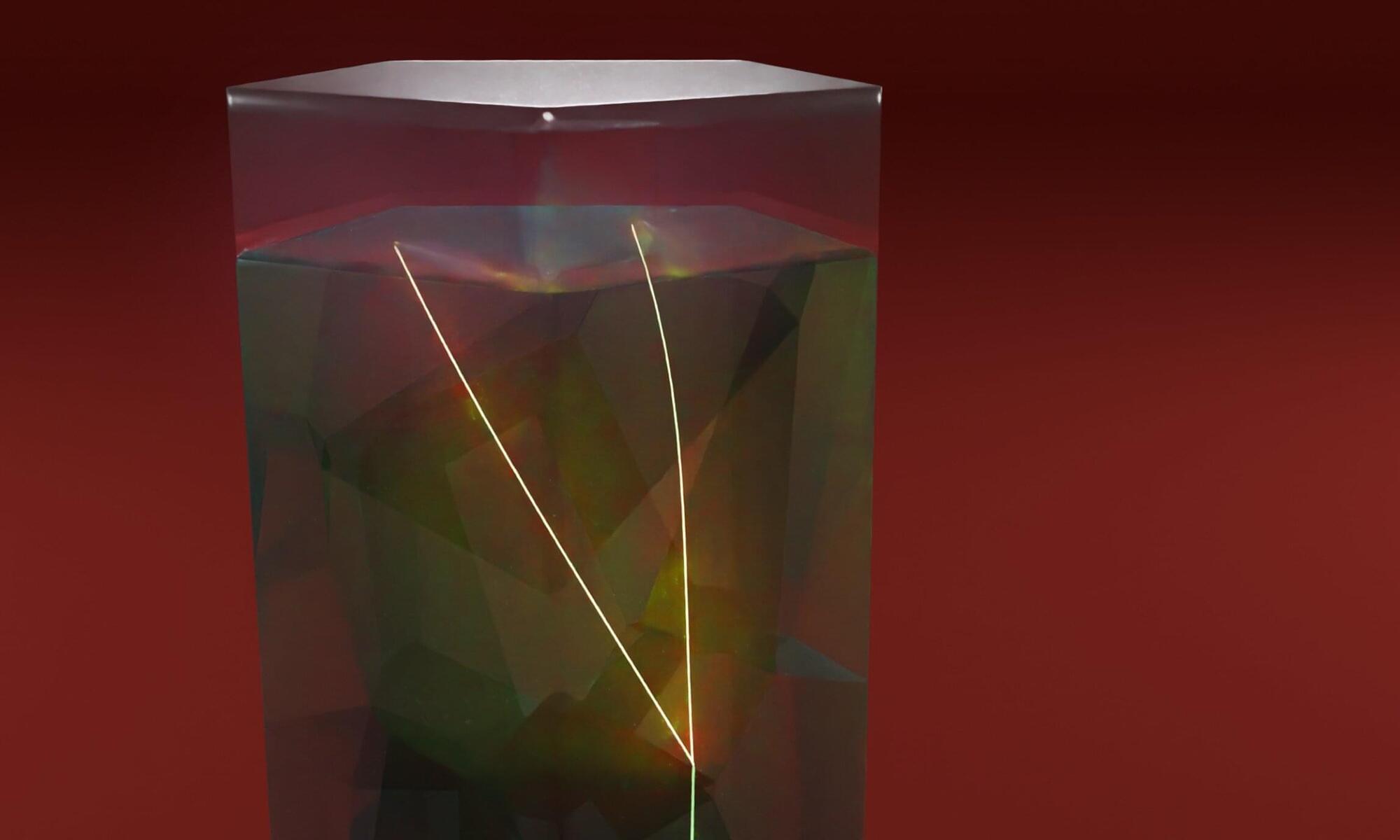Intel and TSMC turn Arizona fabs into a silicon desert test case for AI chip capacity, CHIPS Act funding, and climate-resilient production.





A new CRISPR breakthrough shows scientists can turn genes back on without cutting DNA, by removing chemical tags that act like molecular anchors. The work confirms these tags actively silence genes, settling a long-running scientific debate. This gentler form of gene editing could offer a safer way to treat Sickle Cell disease by reactivating a fetal blood gene. Researchers say it opens the door to powerful therapies with fewer unintended side effects.

We’re ringing in the new year with a look at 15 landmark architecture projects scheduled for completion in 2026, including museums, performing arts venues and a face-shaped tower.
Sagrada Familia, Spain, by Antoni Gaudí
The most significant building set to be completed in 2026 is the Sagrada Familia, 100 years after the death of its architect Antoni Gaudí.

In early life, astrocytes help to mold neural pathways in response to the environment. In adulthood, however, those cells curb plasticity by secreting a protein that stabilizes circuits, according to a mouse study published last month in Nature.
“It’s a new and unique take on the field,” says Ciaran Murphy-Royal, assistant professor of neuroscience at Montreal University, who was not involved in the study. Most research focuses on how glial cells drive plasticity but “not how they apply the brakes,” he says.
Astrocytes promote synaptic remodeling during the development of sensory circuits by secreting factors and exerting physical control—in humans, a single astrocyte can clamp onto 2 million synapses, previous studies suggest. But the glial cells are also responsible for shutting down critical periods for vision and motor circuits in mice and fruit flies, respectively.
It has been unclear whether this loss of plasticity can be reversed. Some evidence hints that modifying the neuronal environment—through matrix degradation or transplantation of young neurons—can rekindle flexibility in adult brains.
The new findings confirm that in adulthood, plasticity is only dormant, rather than lost entirely, says Nicola Allen, professor of molecular neurobiology at the Salk Institute for Biological Studies and an investigator on the new paper. “Neurons don’t lose an intrinsic ability to remodel, but that process is controlled by secreted factors in the environment,” she says.
Specifically, astrocytes orchestrate that dormancy by releasing CCN1, a protein that stabilizes circuits by prompting the maturation of inhibitory neurons and glial cells, Allen’s team found. The findings suggest that astrocytes have an active role in stabilizing adult brain circuits.
The loss of plasticity in adulthood is often seen as a “sad feature of getting older,” says Laura Sancho Fernandez, project manager in Guoping Feng’s lab at the Massachusetts Institute of Technology, who worked on the study as a postdoctoral researcher in Allen’s lab. “But it’s really important for maintaining stable representations and circuits in the brain.”


The ability of single active filaments to cluster smaller particles could inspire new materials for building soft robots that perform biological functions.
Every teenager knows that their room will not tidy up by itself. Without intervention, it will inevitably become messier, and they will need to do some work to turn disorder into order. When faced with a similar problem—particle collection—scientists have tried to get individual bacteria, robots, or other self-propelling units to put in the work [1, 2]. But unlike a teenager, a single such unit is usually insufficient to get the job done. Now Rosa Sinaasappel of the University of Amsterdam and her collaborators have proposed and tested a strategy that enables a single active filament to act as a sweeping agent [3]. Thanks to the versatility of polymer architectures, the investigation opens up a huge molecular-design space.
One of life’s most defining properties is its constant struggle against the second law of thermodynamics. At different scales, living organisms need to maintain complex structures or perform directed and persistent motion, feats that would be extraordinarily improbable in thermal equilibrium [4]. Organisms are able to sustain order against entropy by means of constant energy consumption, a feature called “activity.” Conceptually, the sweeping of small objects into piles is a similar problem. The goal is to reach a low-entropy state that is highly disfavored at equilibrium. Bacteria and other active particles, driven by their persistent motion, spontaneously aggregate, and they have been shown to induce clustering of passive particles [1, 2]. However, successful clustering typically requires using a large number of active particles or engineering a complex setting with a favorable geometry [5, 6].

An antiferromagnet with a zigzag magnetic structure exhibits a diode effect that has potential applications in spintronics.
In a traditional diode, current flows in one direction only, thanks to an internal charge imbalance. Researchers have now shown a diode-like effect in an antiferromagnet with a zigzag magnetic structure [1]. The underlying mechanism is different from that in traditional diodes, as the zigzag pattern creates a combined magnetic and electric field that favors current flow in one direction. The strength of the diode effect in the antiferromagnet is relatively small, but rather than exploiting the effect to make a diode for conventional circuits, the team foresees possible applications in spintronics, devices that make use of electron spins.
A typical diode is a junction between two semiconductors having different charge carriers. The charge imbalance across this junction restricts current to flow in only one direction. Diode-like behavior can, in principle, occur in a single material, but it requires that the material’s internal structure is asymmetric in a particular way. This asymmetry should produce two effects: an internal electric field and an internal magnetic field. When those two fields are perpendicular to each other, they can exert a one-way force—called a toroidal moment—on electrons moving through the material, explains Kenta Sudo from Tohoku University in Japan.

Quantum theory and Einstein’s theory of general relativity are two of the greatest successes in modern physics. Each works extremely well in its own domain: Quantum theory explains how atoms and particles behave, while general relativity describes gravity and the structure of spacetime. However, despite many decades of effort, scientists still do not have a satisfying theory that combines both into one clear picture of reality.
Most common approaches assume that gravity must also be described using quantum ideas. As physicist Richard Feynman once said, “We’re in trouble if we believe in quantum mechanics but don’t quantize gravity.” Yet quantum theory itself has deep unresolved problems. It does not clearly explain how measurements lead to definite outcomes, and it relies on strange ideas that clash with everyday experience, such as objects seemingly behaving like both waves and particles, and apparent nonlocal connections between distant systems.
These puzzles become even sharper because of Bell’s theorem. This theorem shows that no theory based on ordinary ideas—such as locality, an objective reality, and freely chosen measurements—can fully match the predictions of quantum theory within our usual four-dimensional view of space and time. These quantum predictions have been repeatedly confirmed in tests of entanglement, first discussed by Einstein, Podolsky, and Rosen (EPR). As a result, simple classical explanations limited to ordinary four-dimensional spacetime cannot fully account for what we observe.